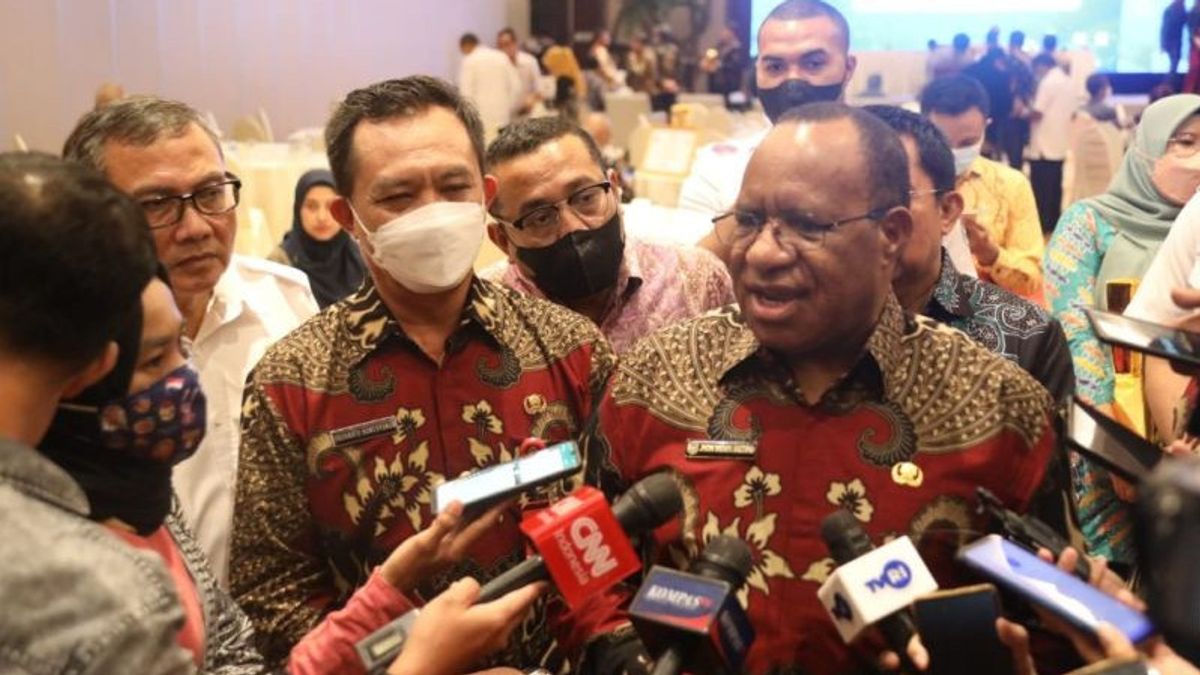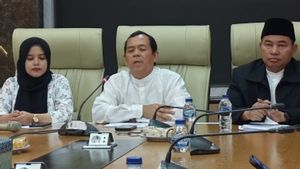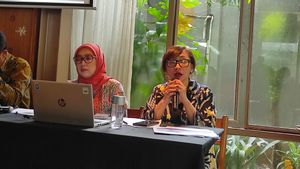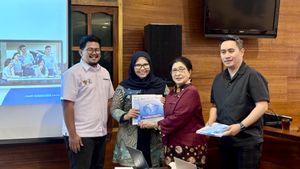JAKARTA - The Ministry of Home Affairs (Kemendagri) is pushing to accelerate the completion of the determination and affirmation of village boundaries that are part of the preparation of spatial planning.
"Determining and affirming village boundaries is the first step in the participatory spatial planning process at the village level," Deputy Home Affairs Minister (Wamendagri) John Wempi Wetipo said as quoted by Antara, Wednesday, June 28.
According to him, clear village boundaries are the basis for land use planning in villages, mapping of land ownership boundaries, and becoming an integral part in the preparation of spatial planning at the district, provincial and national levels.
Wetipo said the determination and affirmation of village boundaries was aimed at creating an orderly government administration as mandated by Article 2 of the Minister of Home Affairs Regulation (Permendagri) Number 45 of 2016 concerning Guidelines for the Determination and Affirmation of Village Boundaries.
In addition, this step is to provide clarity and legal certainty to the territorial boundaries of a village that meet technical and juridical aspects.
But unfortunately, according to the Deputy Minister of Home Affairs, based on data on the follow-up to the one map policy that was bagged, it turns out that the process of determining and affirming village boundaries is still very low.
Wetipo said that of the 74,962 villages administered under Permendagri 58/2021, only 2 percent or 1,479 villages had submitted regent/mayor regulations, digital data on village administrative boundary maps, and were integrated in the One Map Policy Geoportal.
In addition, the Deputy Minister of Home Affairs continued, there were 1,799 villages that were reported to have completed the affirmation of village boundaries, but so far they have not submitted complete documents in the form of regent/mayor regulations and digital data on village administrative boundary maps.
This is thought to be due to several problems, such as the village boundary map submitted to the Directorate General (Ditjen) of Village Administration (Pemdes) of the Ministry of Home Affairs which still does not comply with the provisions of Permendagri Number 45 of 2014. Then, the limited APBD in implementing the determination and affirmation of village boundaries.
Next, the APBDes has not been able to accommodate the acceleration of achieving the target of completing the determination and affirmation of village administrative boundaries, weak consolidation, coordination of OPD implementing determination, and affirmation of village boundaries in the regions.
Including, the issue of limited availability of Work Maps (High Resolution Satellite Imagery/Earth Map at scale 1:5,000). The problem is due to the lack of attention from local governments regarding the benefits of establishing and affirming village boundaries, he said.
The Vice Minister of Home Affairs acknowledged that the local government still lacks understanding regarding the procedures for implementing the determination and affirmation of village boundaries, which is also the cause of all of this. Not only that, the low determination of village boundaries is due to the absence of regulations/policies that regulate rewards and sanctions for regions that implement these policies.
Thus, continued Wetipo, the completion of the determination and affirmation of village boundaries is considered not a priority. Therefore, Wetipo emphasized that the provincial government as an extension of the central government needs to carry out the function of fostering and supervising the process of determining and affirming village boundaries in all district/city governments.
The Vice Minister of Home Affairs asked the provincial government to convey the progress of the process of determining and affirming village boundaries in all district/city governments in their territory. This step refers to the provisions of Article 21 of the Minister of Home Affairs Number 45 of 2016 concerning Guidelines for Establishing and Affirming Village Boundaries.
The English, Chinese, Japanese, Arabic, and French versions are automatically generated by the AI. So there may still be inaccuracies in translating, please always see Indonesian as our main language. (system supported by DigitalSiber.id)









